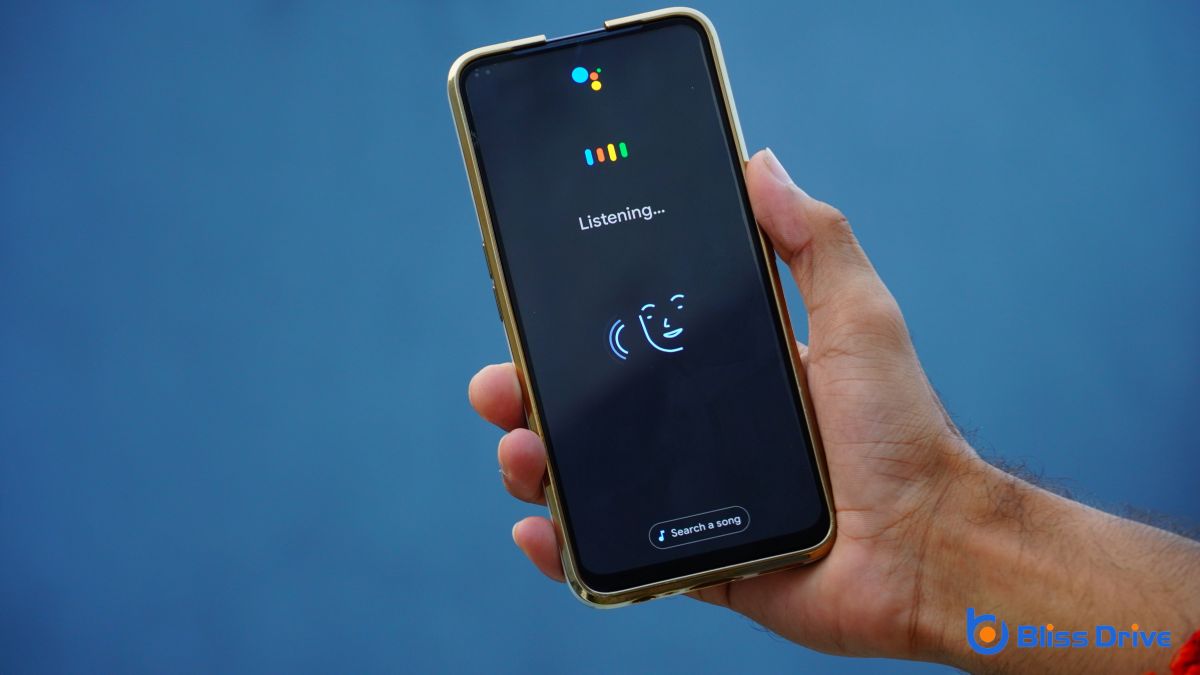Learn More About Us

To check if your website is mobile-friendly, use Google's Mobile-Friendly TestA tool that evaluates how well a website performs on mobile devices. by entering your site URL for an analysis. The tool tells you if it's optimized for mobile and highlights issues like text size and viewport settings. Confirm your site is responsive by resizing your browser window or using tools like Responsinator. Test load speed with Google PageSpeed Insights. If you stick around, you'll discover more about optimizing your site for mobile users.

When you plunge into mobile-friendly design, you’re focusing on making certain your website is easily accessible and functional on smartphones and tablets. You want users to enjoy seamless navigation, clear readability, and quick loading times.
Start by using a responsive designA web design approach that makes web pages render well on a variety of devices and window or screen ... that automatically adjusts to various screen sizes. This guarantees the layout and content remain consistent and user-friendly.
Pay attention to touch elements. Buttons and links should be large enough to tap easily without zooming in.
Keep your content concise; mobile users prefer quick, digestible information. Also, optimize images and media files to reduce load times, enhancing user experience.
Have you ever wondered how to guarantee your website meets mobile-friendly standards?
Google's Mobile-Friendly Test is a quick, easy tool to check. Start by visiting the Google Mobile-Friendly Test website. Enter your website's URL into the search bar and click "Test URL." Google will analyze your site and, within moments, let you know if it's optimized for mobile devices.
If your site passes, you'll see a confirmation message. If not, the tool provides specific issues causing problems, such as text size or viewport settings. Use this feedback to make necessary adjustments.
Having a mobile-friendly site improves user experience and boosts your search engine rankingsThe position at which a website appears in the SERP.. Don’t overlook this tool—it’s an essential step in ensuring your website performs well on all devices.
To guarantee your website remains user-friendly across various devices, analyzing its responsiveness is essential. Start by resizing your browser window to see how well your website adapts. Notice if elements like text, images, and buttons adjust smoothly without causing display issues.
Use online tools like Responsinator or BrowserStack to view your site on different screen sizes and orientations. These tools simulate how your website appears on a variety of devices, offering valuable insights. Pay attention to navigation; it should remain intuitive and accessible.
Ascertain that touch elements are appropriately sized for ease of use on smaller screens. Additionally, test forms and interactive components for functionality. An adaptive, responsive design will greatly enhance user experience and engagementThe interactions that users have with a brand’s content on social media., fostering a positive impressionWhen an ad is displayed on a user’s screen..
While ensuring your website is mobile-friendly, don't underestimate the importance of page load speed on mobile devices. Slow loading times can frustrate users, increasing bounce rates and decreasing engagement.
To check your site's speed, use tools like Google PageSpeed Insights or GTmetrix. These tools provide insights into load times and offerThe specific product or service being promoted by affiliates. suggestions for improvements.
Reduce image sizes, enable browser caching, and minimize redirects to boost speed. Test your site on different devices and networks, as mobile users often rely on slower connections.
Prioritize loading essential content first, ensuring visitors see meaningful content quickly. Remember, a fast-loading website not only improves user experience but also positively impacts search engine rankings, making speed a crucial component of mobile-friendliness.
To make your website touchscreen-friendly, start by optimizing touch targets so users can easily tap buttons and links without frustration.
Simplify your navigation design to guarantee that users can find what they need quickly and without confusion.
Having a mobile-friendly websiteA website designed to be easily navigable and readable on mobile devices. isn't just about responsive design; it’s vital to optimize touch targets for touchscreen usability. You need to guarantee buttons and links are big enough to tap easily without causing frustration. Aim for a minimum size of 44x44 pixels for touch targets, so users can interact with your site effortlessly.
Spacing between touch elements is important too—give them enough room to prevent accidental taps on adjacent buttons. Consider the finger size of the average user; it’s often larger than a precise mouse pointer.
Test your site on various devices to confirm touch targets are accessible and responsive. Don’t overlook this step—it enhances user experience, keeps visitors engaged, and reduces bounce rates, making your website truly mobile-friendly.
After verifying your touch targets are optimized, it's equally important to simplify your website’s navigation design to enhance touchscreen usability.
A streamlined navigation system helps users find what they’re looking for quickly and effortlessly. Here are some tips to take into account:

When evaluating your website's compatibility with mobile SEOOptimization techniques to ensure a website performs well on mobile devices. best practices, it's vital to focus on user experience and search engine requirements.
Ascertain fast loading times by compressing images and minimizing code. Mobile users expect quick access, so speed is essential.
Optimize for touch by enlarging buttons and links, making them easy to tap. Use a responsive design that adapts to various screen sizes, guaranteeing your content looks great on any device.
Don’t forget to include meta tagsHTML tags that provide information about a web page to search engines and visitors. and descriptive alt texts for images to enhance search engine visibility.
Finally, conduct regular tests using tools like Google's Mobile-Friendly Test. This helps identify areas for improvement and keeps your site aligned with evolving mobile SEO standards, providing a seamless experience for users.
To guarantee your website is mobile-friendly, start by understanding mobile design principles. Use Google's Mobile-Friendly Test for a quick check. Analyze your site's responsiveness by resizing your browser window or using different devices. Test page load speeds with mobile-specific tools and focus on optimizing for touchscreen usability. Finally, always evaluate your mobile SEO practices. By following these steps, you'll create a seamless and engaging experience for your mobile users, boosting both user satisfaction and search rankings.
